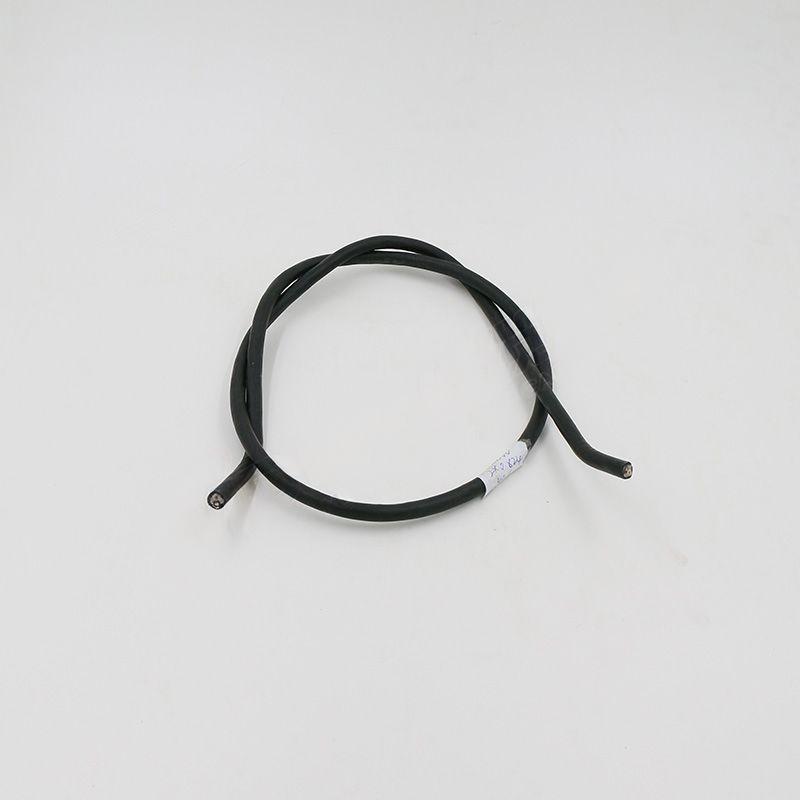Nov . 27, 2024 20:44 Back to list
Carbon Steel Ball Check Valve for Reliable Flow Control and Durability
Carbon Steel Ball Check Valve A Comprehensive Overview
The ball check valve, also known as a ball non-return valve, is a critical component widely utilized in various fluid handling applications. Among the different materials used in the manufacturing of check valves, carbon steel has emerged as a popular choice due to its robustness, wear resistance, and cost-effectiveness. This article delves into the features, advantages, applications, and maintenance of carbon steel ball check valves.
What is a Ball Check Valve?
A ball check valve is designed to allow fluid to flow in one direction while preventing backflow. It consists of a spherical ball situated inside the valve body. When the fluid flows in the correct direction, the ball is lifted off its seat, allowing the fluid to pass. Conversely, when there’s a reverse flow, the ball moves back to its seat due to gravity or fluid pressure, effectively sealing the valve and preventing backflow.
Importance of Material Selection
The choice of material is crucial in the design of any valve, affecting its performance, durability, and suitability for specific applications. Carbon steel is an alloy made primarily of iron and carbon, offering a balance of strength, ductility, and machinability. This makes it an ideal material for ball check valves that are subject to high-pressure and high-temperature conditions.
Advantages of Carbon Steel Ball Check Valves
1. Durability Carbon steel valves exhibit excellent mechanical properties, enabling them to withstand significant stress and fatigue over time. This durability is particularly beneficial in demanding industrial environments.
2. Corrosion Resistance with Coatings While carbon steel is susceptible to corrosion, advanced coatings and treatments, such as epoxy or zinc plating, can significantly enhance its resistance to environmental factors, extending the life of the valve.
3. Cost-Effectiveness Compared to stainless steel and other high-end materials, carbon steel is relatively inexpensive, making it a cost-effective solution for many applications without compromising on performance.
4. Versatility Carbon steel ball check valves can be designed for various sizes and pressure ratings, making them suitable for an array of applications, from water systems to chemical and oil industries.
5. Easy Maintenance The simple design of ball check valves facilitates straightforward installation and maintenance procedures, reducing downtime and operational costs.
Applications of Carbon Steel Ball Check Valves
Carbon steel ball check valves find application across numerous sectors, including
carbon steel ball check valve

- Water and Wastewater Management In municipal water supply systems and sewage treatment plants, these valves prevent backflow, ensuring a consistent and sanitary water supply.
- Oil and Gas Carbon steel valves are commonly used in the oil and gas industry for processes involving crude oil, natural gas, and petrochemicals, where durability under high pressure is essential.
- Chemical Processing In chemical plants, ball check valves help maintain the flow of corrosive substances while preventing contaminants from flowing back into the system.
- Heating and Cooling Systems These valves play a role in HVAC systems to manage the direction of fluid flow, ensuring efficient operation.
Challenges and Considerations
While carbon steel ball check valves offer numerous advantages, certain challenges must be acknowledged
1. Corrosion Concerns Despite improvements in coatings, carbon steel is still prone to rusting when exposed to moisture and aggressive chemicals. Regular inspection and maintenance are essential.
2. Temperature Limitations Carbon steel may not perform as well as stainless steel when subjected to extreme temperatures, so it’s important to assess the operating conditions before selection.
3. Pressure Ratings Proper evaluation of the pressure ratings is crucial. Depending on the specific application, alternative materials may be necessary for high-pressure environments.
Maintenance Tips
To ensure optimal performance and longevity of carbon steel ball check valves, consider the following maintenance tips
- Regularly inspect for signs of wear, corrosion, or leakage. - Clean the valve periodically to prevent build-up of contaminants. - Ensure proper installation to avoid undue stress on the valve body. - Monitor the operating conditions to ensure they remain within the manufacturer’s specifications.
Conclusion
Carbon steel ball check valves are invaluable components that contribute to the seamless operation of fluid systems across various industries. Their strength, affordability, and versatility make them an excellent choice for numerous applications. Understanding their features, benefits, and maintenance requirements is essential for maximizing their utility and ensuring a reliable and efficient system.
Share
-
priming-a-pump-with-a-foot-valve-with-strainerNewsAug.23,2025
-
the-importance-of-a-y-strainer-in-pump-protectionNewsAug.23,2025
-
stainless-steel-ball-check-valve-for-high-purity-applicationsNewsAug.23,2025
-
common-applications-for-wafer-type-butterfly-valvesNewsAug.23,2025
-
seat-options-for-a-12-inch-knife-gate-valveNewsAug.23,2025
-
the-lifespan-of-a-typical-dismantling-jointNewsAug.23,2025


